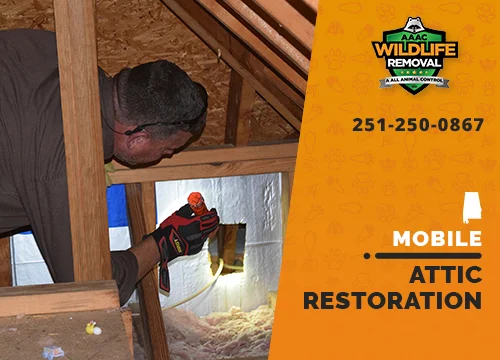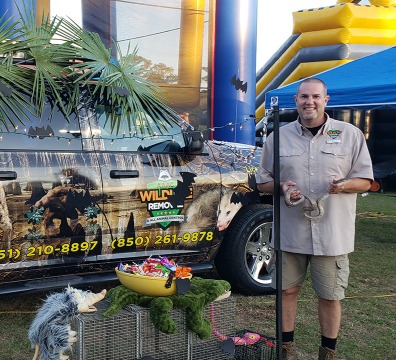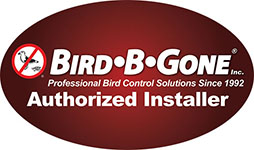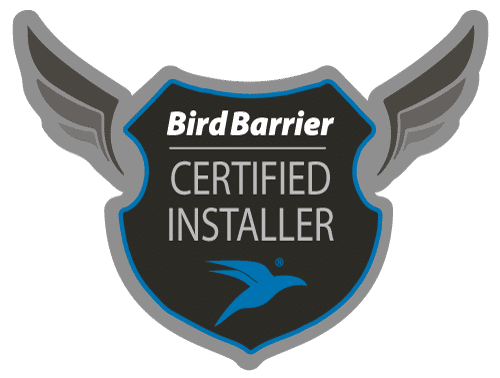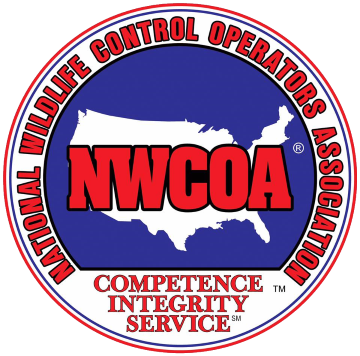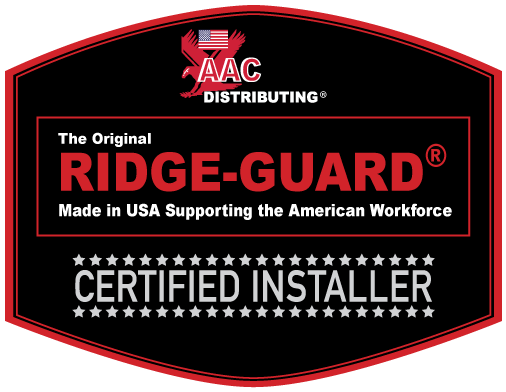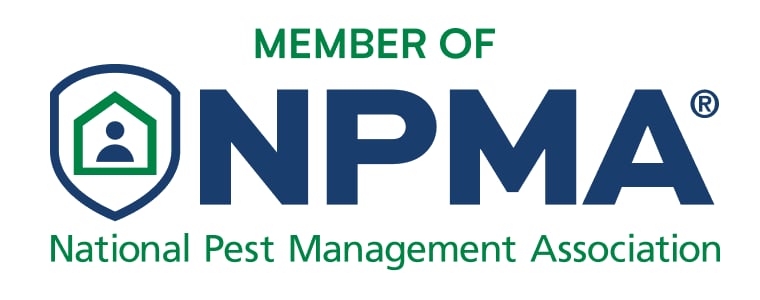How we restore your attic
Pests may not be able to chew through insulation, but they can certainly tear it up. The insulation material becomes more than just bedding. After all, animals that tear through your attic’s barrier will also find a place to call home in those holes and leave behind their own contaminants. You’ll also lose money because these areas have less insulation integrity. Here are our steps for attic restoration.

Scoop out Larger Feces Clumps
The first step in an attic restoration project is to remove larger feces left by pests in an attic using hand tools and secure containers. To get rid of the droppings from walls and ceilings, we use a long-handled device. We soak any droppings on hard surfaces that have dried out or become stuck with water. Then we will use a wire brush and scrape off the excess.
AAAC technicians use a tool with an extendable handle that allows them to climb up onto your roof to reach high places where squirrels and raccoons often leave their feces. Technicians may have to remove large amounts of droppings from the rafters or eaves in order to safely vacuum it out.

Vacuum Small Feces
Next, remove any rodent feces pellets from an attic. This is the only method that will remove tiny pellets of rodent waste from attics. AAAC uses a special machine, which has a long enough hose length to reach the most remote parts of your attic. It is equipped with an extra-long vacuum tube, high-velocity suction, and a HEPA filter to remove hair and droppings from insulation surfaces and other surfaces. AAAC will use a special brush to reach corners and other areas around the roof.
AAAC uses UV light to locate small feces hidden in attics. UV light will produce black dots wherever feces are left behind by animals, including bats, rats, and raccoons.

Air Duct Cleaning & Repair
AAAC Wildlife Control also provides ductwork repair and restoration services. We can remove hair, droppings and urine. AAAC uses a special tool for cleaning the inside of the ducts. Once we have cleaned the ducts thoroughly, we can spray a disinfectant onto them to get rid of any bacteria or viruses that might have been left behind from bats, rats or raccoons.

Decontaminate the Attic
After removing rodents, the most important aspect of any attic restoration project is to decontaminate the attic of rodent urine and feces. This is an extremely important part of any attic restoration project. It’s done in order to protect your family against microbial pathogens which could be harmful if inhaled.
AAAC Wildlife Removal uses special ultraviolet light to detect areas that are contaminated with rodent droppings. The technicians will then spray a disinfectant spray on the affected surfaces to kill any microorganisms from the animal feces.
AAAC Wildlife Removal will fog the attic with a fine mist to kill microorganisms that may be present in animal feces. The electric atomizer sprayer creates a cloud of microscopic droplets that cannot be seen by the human eye. Droplets that are evaporating leave behind chemical residues that are toxic to microorganisms.
The drying process is important in the attic restoration service because it eliminates any remaining moisture, which could promote mold growth if left untreated. AAAC may use a humidifier to remove moisture from insulation and attic wood. This will also help prevent mold growth during the re-insulation.

Full Attic Insulation Replacement
Technicians will complete this portion of the restoration by removing insulation and installing new insulation. To prevent damage to neighboring areas or leaving a mess, it is essential that the old insulation be removed carefully. Insulation is normally wrapped around rafters or joists, so be careful when pulling them, lest they cause damage to some of the wooden structures.
Insulation also often contains mold spores and other potentially dangerous materials, which can be released into the air when the insulation is removed. This is why our technicians wear masks – so they don’t breathe in any particles that might make their way into the air ducts.
After removing the insulation, technicians will then place new ones. This insulation should be cut to fit snugly around rafters, joists, and other structures. The downside to cutting things close is that there’s a chance you’ll leave some bits behind when you’re done. The technicians also use masking tape and a duct sealer to keep everything in place during installation.
What is full attic restoration?
Attic Restoration is a process that restores the function and appearance to an attic. Attic restoration includes removal of animal waste, decontamination and re-insulation.
When attics are contaminated with animal droppings, dust, and ice, their insulation ability decreases. This is a way for more energy to escape your home than if you had insulation intact. The first step in decontamination is to use fans in interior areas where moisture has affected, such as bathrooms and closets.
How do you disinfect an attic?
Take out soiled insulation then disinfect the attic’s surface with an ultraviolet sterilizer or disinfectant. Finally, clean the surfaces to kill bacteria. To prevent reinfection, you must clean all surfaces that come in direct contact with the contaminated material.
To ensure safe and efficient disinfection, the process starts with removing insulation. The use of a strong suction system is also necessary for attic restoration to remove any mold or bacteria from surfaces such wood joists or roof rafters. After the suction process is finished, a biocides washdown is used to kill any remaining mold. The antimicrobial compound also prevents mold and mildew from growing in the future. The final step is light sterilization, which disinfects the area using ultraviolet lights similar to those used in hospitals.
Total attic restoration solutions
AAAC Wildlife Removal can provide attic cleaning services. To restore the attic’s original condition, we clean out feces and remove any insulation that has been contaminated. For any droppings that are dried or stuck on hard surfaces, AAAC Wildlife will soak them with water and then scrape them off with a wire brush. AAAC Pest Control technicians use a special tool with an extendable handle. This allows them to reach higher areas where squirrels or raccoons can often leave feces. Our Air Duct Cleaning & Repair service is also available for those who wish to have their air ducts thoroughly cleaned from all animal hairs and droppings. Get your attic back by calling us today!

